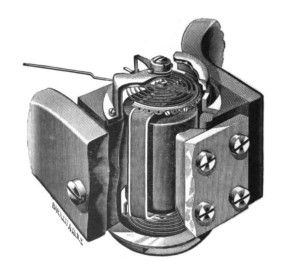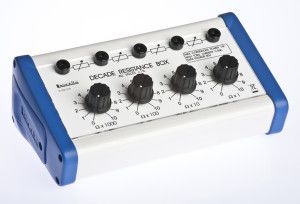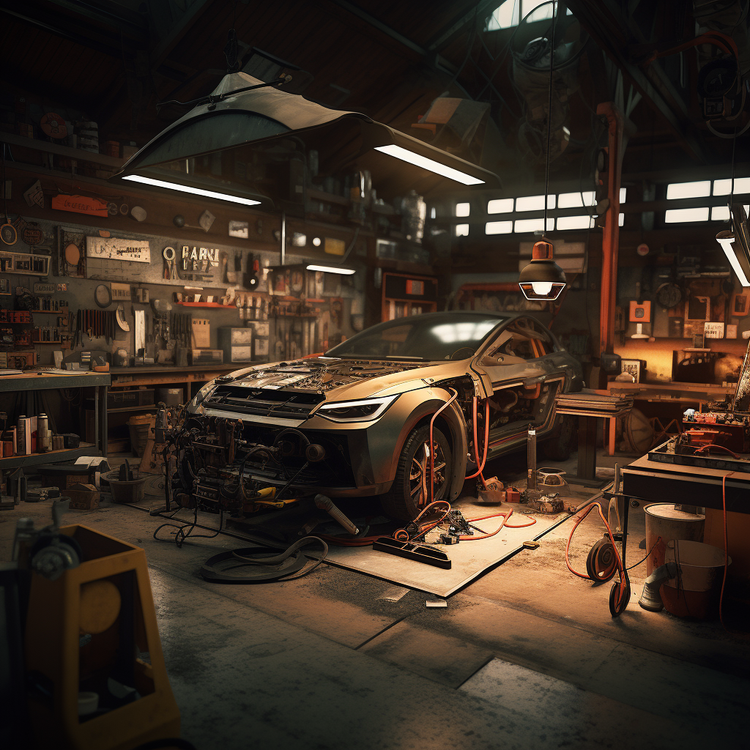Measuring the Climate Throughout History
Recently I was engaged by a climate change denier using an interesting argument:
No one outside of the recent past knew what temperature it was. As a result, we have no idea what temperature it really was in the past.
They challenged me to explain how someone could use pre-1900s technology to measure the temperature.
This date milestone is especially useful since that's around when the Industrial Revolution occurred (and the subsequent anthropogenic climate change event kicked off). Being a history nerd, I decided to put a bit of effort into showing how wrong they were about the level of sophistication available before the fancy electric Internet machines all the kids use. Before you ask, they don't consider mercury thermometers to be precise despite them being precise. I don't get it, either. Anyway...
This isn't quite the typical article I write, so if you're a long-time reader, you're in for a treat... or disappointment. Hopefully, the first.
Our problem statement is to design a temperature-measuring device using the finest of pre-1900s technology. Being from an electronics background, I decided to make our temperature-measuring device electrical rather than mechanical since people don't seem to realize that electrical engineering has been around for hundreds of years in some form or another. It also demonstrated that our predecessors weren't less intelligent than we were; rather, they were limited by available technology. One of my colleagues wanted me to mention that mechanical thermometers have been around for hundreds of years. That would work just as well but would not be as entertaining to write about.
Let's design this puppy.

First, you take a d'Arsonval meter (invented around the 1830s), arrange it in a typical voltmeter-style configuration, and apply it to a resistor bridge (in the Wheatstone configuration, which was first developed physically around 1833 and characterized using Kirchoff's Equations in 1845). We take this device and swap a resistor with a thermistor (invented by my good friend Michael Faraday in the 1830s), then connect everything with a platinum wire. We'll power this with a voltaic pile (from 1800 by Mr. Volta, for whom voltage is named for). D'Arsonval meters use magnetic fields from a circuit to make a needle move on a scale. Voltmeters measure voltage using d'Arsonval meter movement. Resistor bridges are sets of resistors that can be set to a certain resistance value to control voltage and current flows in a particular way. Typically they balance voltages for a specific reason. Thermistors are resistors that are extremely sensitive to temperature changes.
Now that we've built this system, we will calibrate it. We will calibrate it against the boiling and freezing points of our materials of choice. I will say that water would be good since that's 0-100C.
Now I will reveal a great secret about our platinum/thermistor system: it will have a completely linear resistivity/temperature ratio. The second derivative is practically zero! Crazy, right?
We can easily make a linear equation to describe the resistance change for a given temperature. We'll tabulate that and save it for a neat modification later. Using some neat multivariable calculus tricks from the 1600s mixed with some geometry from around 500 BC, we can transpose that to the d'Arsonval meter to get an accurate scale to read.
This will get us extremely accurate results depending on how much effort we put into building our scale.
If we calibrate our numbers against multiple boiling/freezing points, we can make our linear equation even more accurate. If we were building this for realsies, we'd use a few different methods to get an accurate calibration.

How about that modification I mentioned? If I'm allowed to use 1870s tech, I can swap out the thermistor for a resistance temperature detector and build a "decade box" resistor bank into the bridge circuit. We'll redesign our system so that when I dial in the exact resistance of the resistance temperature detector on the decade box, our meter will be balanced at 0 current. If I took the time to compute decade box resistance values to RTD values manually, I could calculate temperatures to within about 0.01C. I base this on doing this about 15 years ago in the military. I feel old.
I threw these designs together without putting a ton of thought into it. Imagine that a scientist spent months or years developing this system. It'd work pretty well.
So no, Random Internet Strange From Social Media That I Argued With. Just because you don't know how they used to do things doesn't mean they didn't know what they were doing. It was just done differently back then.
As with all technical articles here, if there is an error, please respond in the comments section, and I'll credit you with the correction. Accuracy trumps ego.




Member discussion